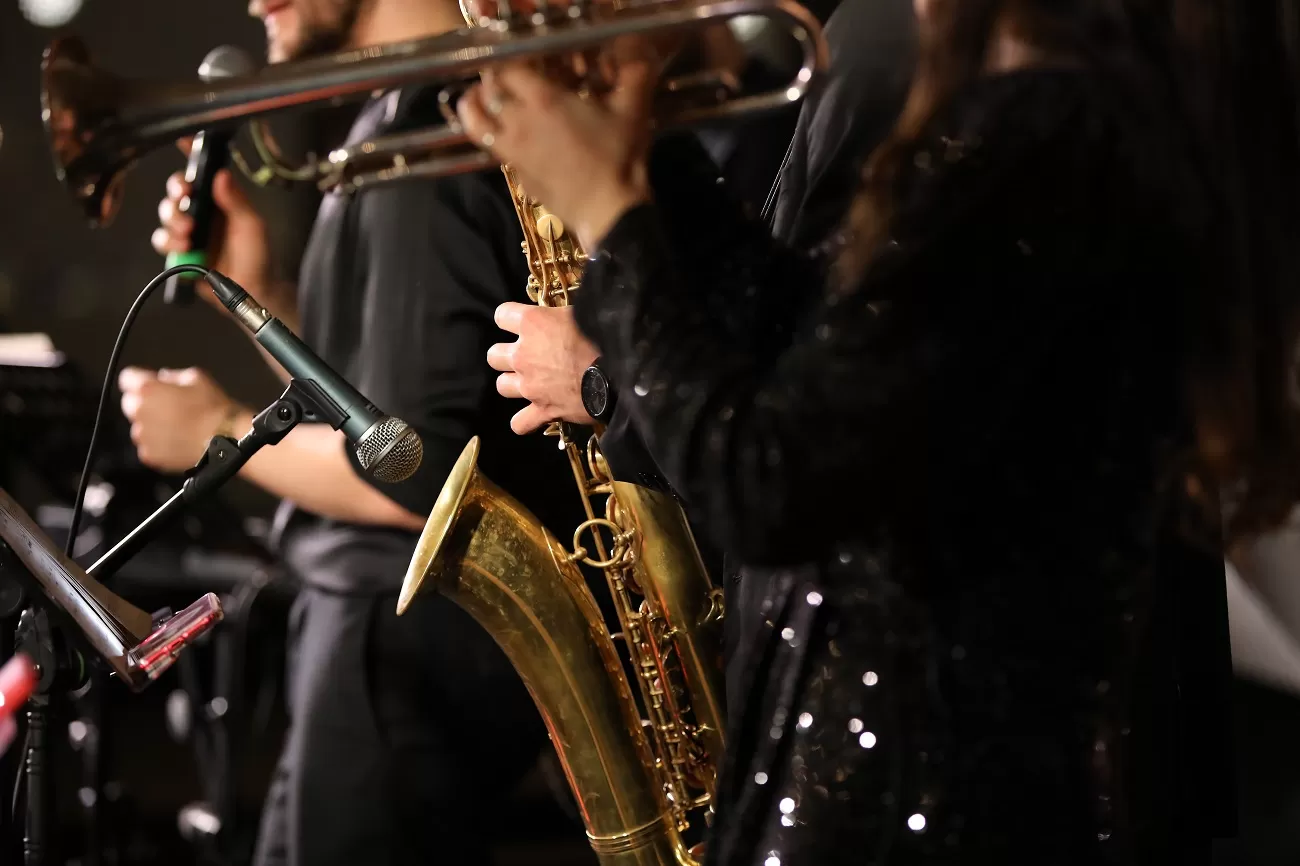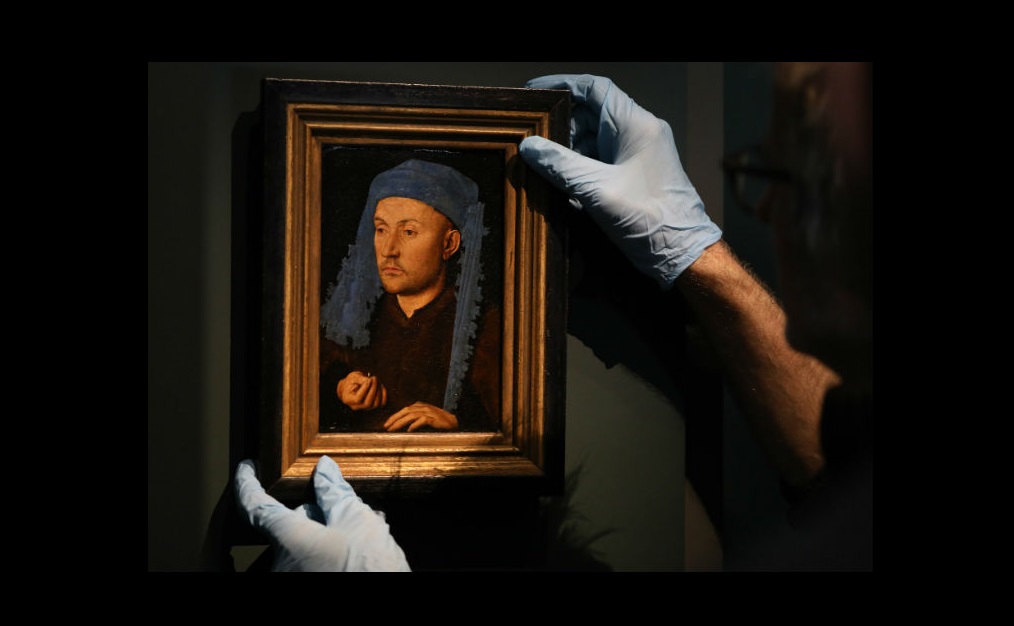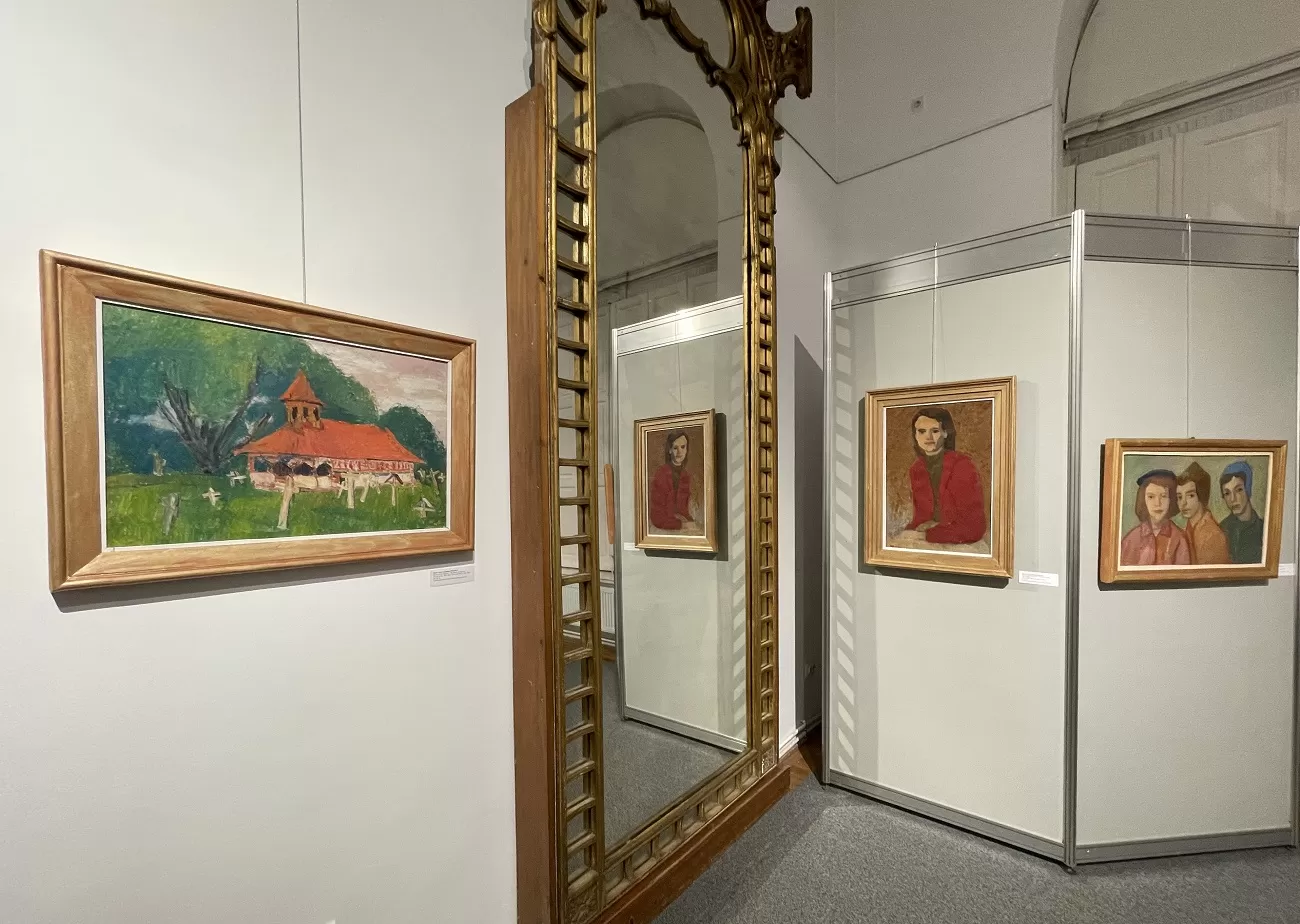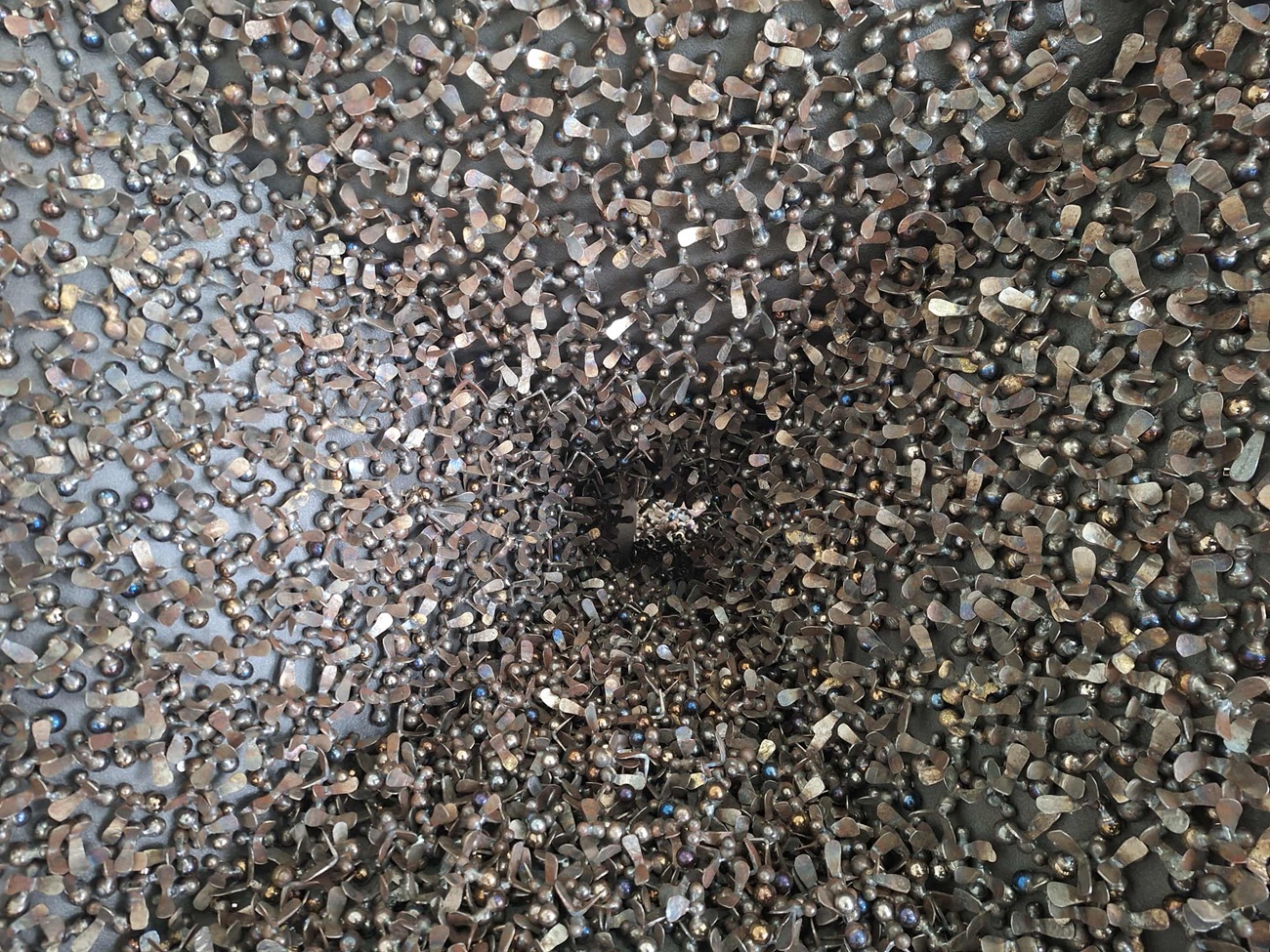
Eleven sculptors and a power play / photo gallery
“Scissors, Paper, Stone” is a power play – the scissors cut the paper, the stone destroys the scissors and the paper wraps the stone. “In these very complicated geopolitical times, I found the parable interesting,” says curator Cristina Simion.
She brought together eleven sculptors – with different techniques and materials – in an eponymous exhibition, which was presented in Iasi earlier this year and has now reached the National Museum of Literature in Bucharest.
On a superficial level, the exhibition talks about the materials from which the works are made. At a deep level, it is about hierarchy, power, winners and losers.
The eleven selected artists, from Bucharest, Iași, Timișoara, Cluj-Napoca and Sângeorz Băi, analyze the relationship between the individual and society, power relations between groups, fragility.
The age difference between the most mature artist and the youngest artist is 40 years, so the visions presented are also different.
For more than three decades, Mirela Anura has been preoccupied in her works with the strength-fragility binomial, using the material that has consecrated her – paper, as an expression of the apparent feminine fragility. Alexandru Ranga uses, allegorically, in his works, insignificant creatures (bees – positive archetype, rats – negative archetype) as symbols of resistance and durability, to explore the theme of geo-political hierarchy and relations in a dictatorial society and consumer society.
Maxim Dumitraș’s “Surrounded Absences” suggests the constant pressure of external limitations imposed on the individual by society, while Liviu Mocan’s entire work is an investigation of the relationship between man and Divinity.
The symbolic representation of crowds in the selected works by Vladlen Babcinețchi and Bogdan Nueleanu enters into a natural dialog with the allegorical one, in which the individual becomes the image of abstract ideas. Angels from Gabriela Drinceanu’s works, the Pilgrims from Emanuel Chiriac’s – or in which he transforms himself into fantastic creatures, retaining elements of humanity, half-human, half-idea, like Libe-lomul or Fata-carte by Sorin Purcaru.
The fragile relationship between order and chaos, between the individual and society, is constantly explored in Florin Zhu’s works, and those signed by Ana Maria Negară are a metaphor for the inherent vulnerability that beauty, whether in the classical or modern sense, contains. The choice of the participating artists and works followed the double curatorial idea: that of the theme approached and that of the material of execution, the latter being, practically, contained in the title.
The collective exhibition of small sculptures “Scissors, Paper, Stone” can be visited in the attic of the National Museum of Romanian Literature until June 29, from Tuesday to Sunday, from 10:00 to 18:00 (17:30, last entry).

Alexandru Ranga, „Globul pământesc”, 2023, curatorial

Ana Maria Negară, „Înger cu aripi de plumb”, 2023, curatorial

Emanuel Chiriac, „Pelerin”, 2024, „Omul și umbra”, 2024, curatorial

Florin Zhu, „Muguri noi”, 2025, curatorial
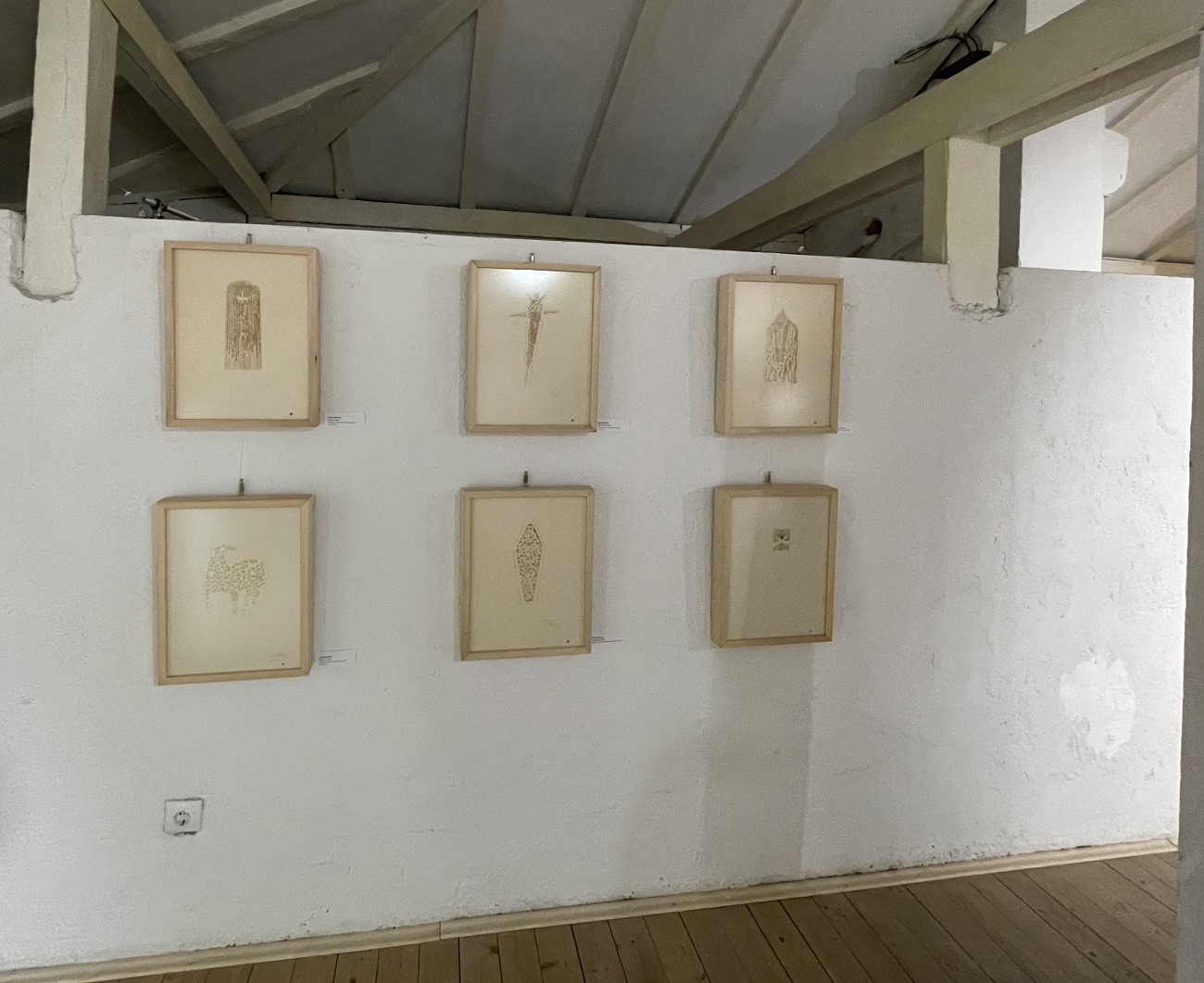
Liviu Mocan, „Izvor”, 2020, curatorial

Mirela Anura, „Armonie”, 2015, curatorial

Sorin Purcaru, „Fata carte”, 2021, „Libelom”, 2024, curatorial






